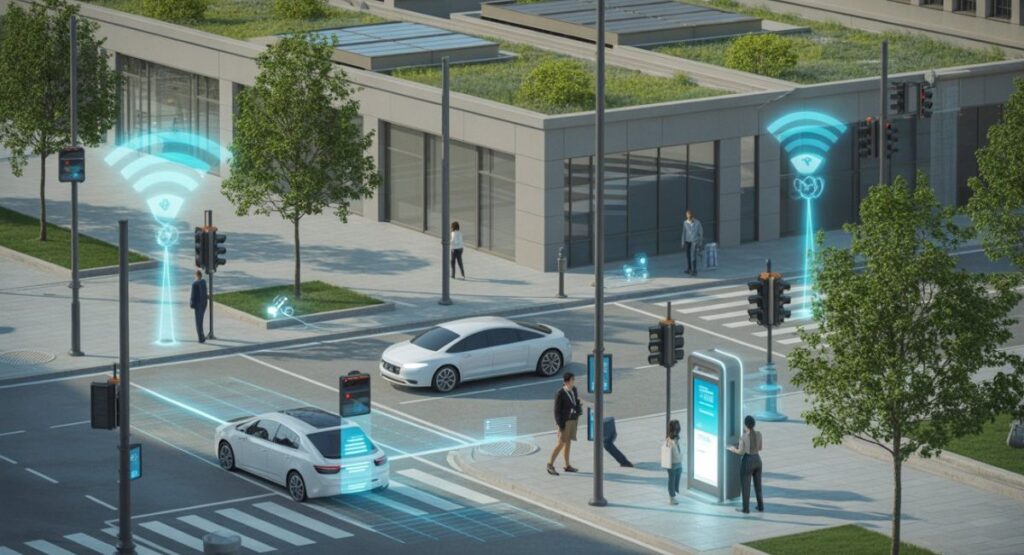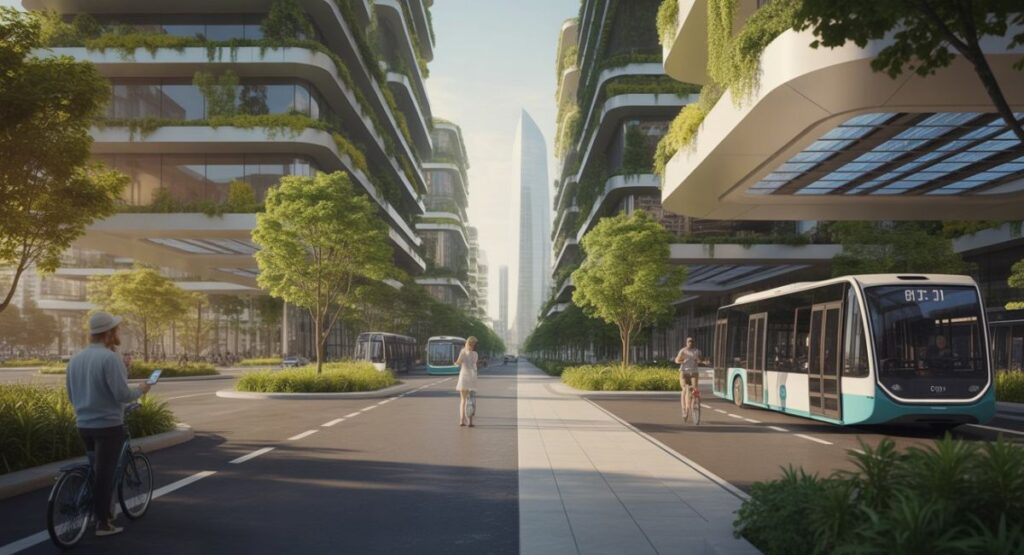Urban life is changing fast. Cities are growing, technology is advancing, and people want healthier, greener, and smarter spaces to live in. In the middle of this shift comes Axurbain, a new idea that mixes digital spaces, eco-friendly infrastructure, and smart urbanism. Many people are asking what is Axurbain, whether is Axurbain real or fake, and how it connects to sustainable city planning.
This blog will explain the urban transformation behind Axurbain. It will look at real-world examples of smart urban planning, the benefits of smart design in cities, and also the risks of fake online trends that promise too much but show no proof of implementation.
Disclaimer: This content is written for educational and informational purposes only. We do not provide any kind of legal, financial, or medical advice, nor do we promote any type of investment. The information shared here is only a general overview.
Discovery of Axurbain
The idea of Axurbain started as a response to fast urban growth and problems like less traffic space, air pollution, and a need for affordable housing. Traditional planning often fails to keep up with modern needs. That’s why city thinkers, architects, and technologists began working on smart city solutions that combine urban greenery, smart technology, and community-focused design.
Many compare Axurbain with Barcelona superblocks or Singapore urban tech, where real data and evidence-based city solutions have already reshaped how people live. But unlike empty promises or marketing-driven language, trusted sources like CityLab, Urban Institute, and UN-Habitat show that real urban planning evolution must be based on fact-based insights.
Understanding the Concept of Axurbain
At its heart, Axurbain means building livable cities by mixing digital urban lifestyle with green urban spaces. Instead of creating only tall buildings and highways, it tries to balance smart urban development with eco-friendly architecture.
Think of it like this: a person can check real-time data on traffic management tools, use mobile applications for urban living to book public transport, and then spend the evening in green parks or on rooftop gardens. This mix of technology-enabled community spaces and sustainable urban spaces is what makes Axurbain stand out.
Exploring Urban Innovation
Cities are turning into labs of city innovation. Projects like Medellín cable cars show how urban mobility solutions can connect poor communities to the city center. Copenhagen green spaces and bike lanes prove how walking and cycling in cities can cut carbon footprints and improve mental well-being.
The lesson is simple: examples of successful city projects often come from community engagement, not just big promises with no results. In fact, experts warn against clickbait keywords and empty buzzword detection that make smart city buzzword projects look more impressive than they really are.
The Integration of Technology

IoT in cities has changed the way urban planning works. Smart sensors, IoT devices, and urban data analytics help governments use real-time data to improve public service optimization. For example, Seoul smart apps allow citizens to give digital feedback on public transport systems.
This technology-driven design means better traffic flow, clean transport tech, and even autonomous vehicles and drones in cities for deliveries. But experts also warn: projects that look like marketing, not planning can turn into fake trends in city development if there’s no evidence-backed solutions.
Core Principles of Axurbain
Axurbain is based on three main principles:
| Principle | Meaning | Example |
| User-centric design | Cities should focus on residents’ needs | Vienna affordable housing |
| Sustainable practices | Use green tech, native plants in urban areas, and green rooftops | Bosco Verticale (Milan) |
| Community engagement | Involve people in planning | Melbourne laneways revival |
This table shows how real-world examples of Axurbain principles can be applied. When people ask is Axurbain a scam or a concept, these cases prove that community-focused design is real and possible.
Embracing Sustainability
Sustainability is not just a nice word—it is the backbone of Axurbain. A city with green infrastructure, permeable surfaces, and vertical forests can fight air pollution solutions while giving people access to nature in the city.
Look at Gardens by the Bay (Singapore) or The High Line (New York City). These successful urban projects show how merging sustainability with technology creates vibrant neighborhoods and happier communities.
Challenges and Criticisms
Even with success stories, Axurbain faces big challenges. Some urban planning challenges include regulatory barriers in planning, integrating old and new infrastructure, and costs of smart materials like self-healing concrete.
Critics say many projects use vague terminology and online hype without city planning records or real data. A content analyst perspective warns that many ideas look like empty promises or online keyword investigation games rather than trusted urban solutions.
Case Studies of Smart Urban Development
Some successful urban transformation stories include:
| City | Project | Impact |
| Barcelona | Barcelona superblocks | Less traffic, safer walkable cities |
| Singapore | Singapore green architecture | Eco-friendly infrastructure, reduced carbon footprint |
| Medellín | Medellín cable cars | Urban renewal examples, accessible transportation |
| Copenhagen | Copenhagen bike lanes | Improved urban mobility solutions, clean air |
| Vienna | Vienna affordable housing | Inclusive urban design, safe neighborhoods |
| Tokyo | Tokyo train system | Fast commuting solutions, connected urban environments |
These are not fake online trends; they are evidence-backed solutions with city planning records.
Future Outlook of Axurbain
The future of sustainable urban living will combine climate-resilient cities, low-impact development, and connected cityscapes. Imagine future-ready cities where smart apps, real-time citizen feedback, and data analytics in cities guide everyday decisions.
But to avoid marketing buzzwords, cities must rely on urban research, investigative article work, and comparing real vs. fake urban trends. That is how we can ensure the truth about smart city innovations instead of falling into empty buzzword detection.
Conclusion: The Impact of Axurbain
Axurbain is more than just a digital urban lifestyle. When done right, it promotes community interaction, inclusive urban spaces, and reimagining city environments where people and technology live in balance.
But here’s the truth: only honest analysis of city innovations, backed by trusted sources, can show whether Axurbain is a real-world solution or just another marketing-driven language trend. As Oscar James, Michael Scaife, and Callum (author) have noted in different studies, the key is evidence-backed solutions that truly make cities more livable.
The story of Axurbain is just starting, but its impact on urban transformation, community engagement, and sustainable urban spaces could shape future cities for generations.
Looking for more insights? Explore our blog for helpful and informative articles.
